History Culture
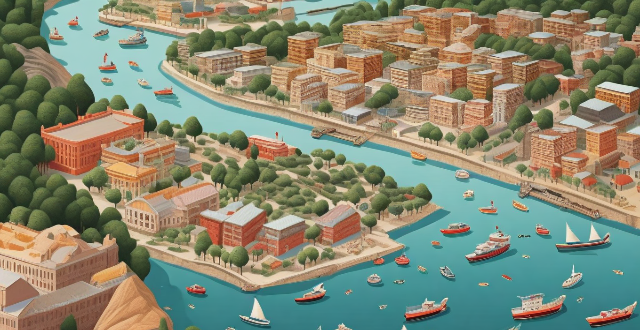
How do local snacks reflect the culture and history of a city ?
Local snacks are not just tasty treats; they often serve as a window into the culture and history of a city. Geographical location, climatic conditions, socio-economic conditions, historical events, religious beliefs, and cultural exchanges all play significant roles in shaping local snack traditions. Coastal cities may have seafood dishes, mountainous regions may have cheese or meat-based delicacies, and tropical regions may have fruit-based desserts. Trade routes and colonization have brought about exchanges of ingredients and cooking techniques that shape local snack traditions. Religious beliefs can also play a role in shaping snack culture. Immigration and cultural exchanges bring new flavors and ideas to local snack scenes. In conclusion, local snacks are deeply intertwined with the culture and history of their origin city.
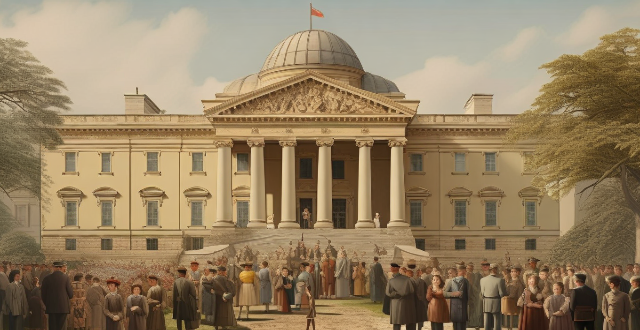
What are the best museums in South America to learn about local history and culture ?
South America is home to fascinating museums showcasing the region's history and culture. The **Museo del Oro** in Bogotá, Colombia, features pre-Columbian gold artifacts, while the **Museo Histórico Nacional** in Santiago, Chile, offers a broad overview of Chilean history. The **Museu Histórico Nacional** in Rio de Janeiro focuses on Brazil's imperial past, and the **Museo de la Memoria** in Santiago confronts Chile's military dictatorship. Finally, the **Museo de Arte Precolombino** in Lima showcases the artistic achievements of ancient Peruvian civilizations. Each museum provides unique insights into South American history and culture.
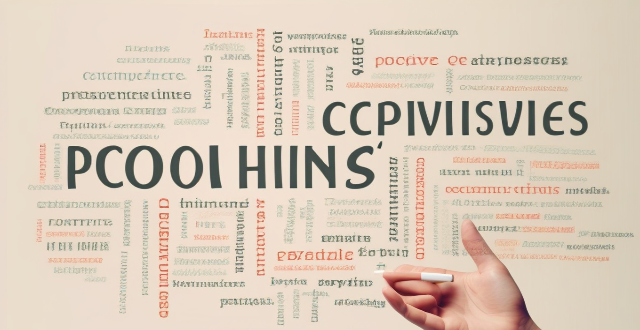
How can I develop critical thinking skills while learning about history ?
This text provides a comprehensive guide on how to develop critical thinking skills while learning about history. It starts by emphasizing the importance of understanding the basics and questioning everything. The author then suggests analyzing sources, connecting the dots, debating and discussing, reflecting and reevaluating, applying historical knowledge, practicing writing, and staying curious. By following these steps, readers can enhance their ability to think critically about various subjects and gain a deeper understanding of history.
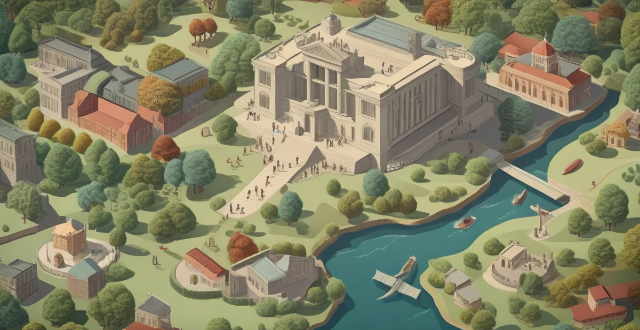
What resources are available online for studying history ?
This article provides a comprehensive list of online resources for studying history, including digital libraries and archives, online courses and lectures, encyclopedias and dictionaries, virtual museums and exhibits, and forums and discussion groups. The resources offer access to historical documents, photographs, lectures, articles, artifacts, and discussions with fellow enthusiasts. The article emphasizes the importance of utilizing these resources to gain a deeper understanding of historical events and periods.
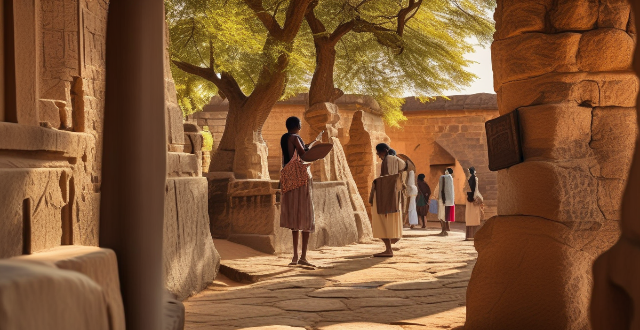
How can I learn more about the history and culture of a heritage site before visiting ?
This text offers detailed steps on how to enrich your knowledge before visiting heritage sites. It suggests reading books and articles, utilizing online resources, listening to podcasts and audio tours, visiting museum exhibits, connecting with local contacts, and accessing academic papers and research. The goal is to appreciate the site's historical context and cultural significance, making the visit more meaningful.
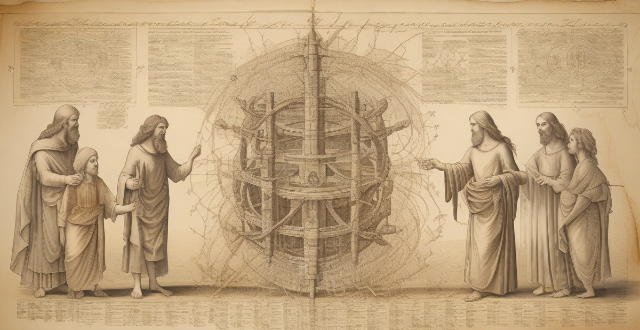
How can I make history more interesting and engaging to learn ?
To make history more interesting and engaging to learn, consider storytelling techniques, incorporating multimedia, connecting historical events to the present, encouraging critical thinking, engaging in hands-on learning, and personalizing the learning process. These strategies can help transform history from a monotonous subject into a vibrant and captivating area of study.
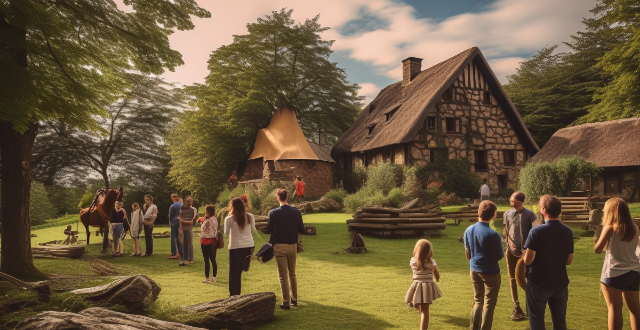
What are some local experience activities that allow me to learn about the culture ?
The text discusses various ways to explore and appreciate local cultures through immersive experiences and activities. These include culinary adventures, art and craft workshops, music and dance performances, festivals and celebrations, historical tours and museum visits, nature and landscape exploration, and community interaction. Each of these activities offers unique insights into the traditions, beliefs, and daily life of local communities, allowing travelers to gain a deeper understanding and appreciation of the cultures they encounter.
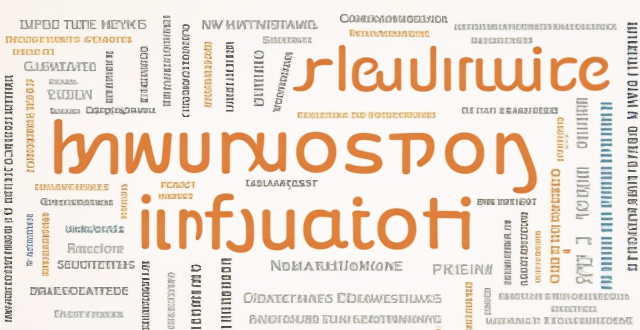
How does credit history influence insurance rates ?
The text discusses how credit history influences insurance rates. Insurers use credit history as a predictor of future claims and risk, with studies showing that individuals with poor credit histories are more likely to file claims and cost insurers more money than those with good credit histories. Several factors can affect insurance rates based on credit history, including payment history, amount owed, length of credit history, and types of credit used. Maintaining a strong credit history can potentially save money on insurance premiums and demonstrate financial responsibility to insurers.

Is it possible to hide my purchase history in my Apple account ?
Hide your purchase history in your Apple account by following these steps: sign in to your Apple ID account, go to the "Account" section, find the "Purchase History" option, click on the "Hide All" button, confirm the action, and check your purchase history.
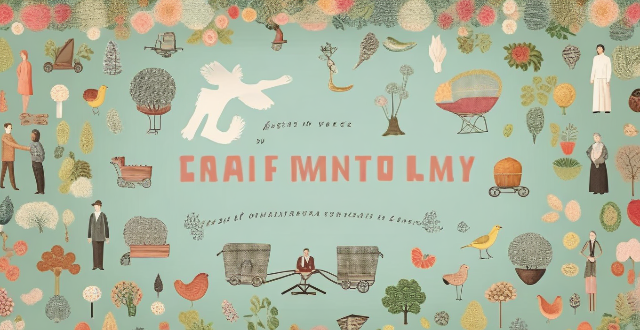
How has sports culture influenced globalization ?
Sports culture has significantly influenced globalization by promoting international cooperation, cultural exchange, economic benefits, media coverage, and tourism. Sports events like the Olympics and World Cup foster goodwill among countries, while also generating revenue through ticket sales and sponsorships. Athletes from different nations come together to share their skills and traditions, leading to mutual respect and appreciation of diverse cultures. Sports tourism is a growing industry that promotes cultural exchange and economic growth in host cities and countries. Overall, sports culture plays a crucial role in promoting global awareness and understanding.

How can I improve my credit score and maintain good credit history ?
Maintaining a good credit score is vital for securing loans, mortgages, and even some jobs. To improve your credit score and maintain good credit history, consider the following tips: 1. Pay bills on time to avoid late payments that can significantly impact your credit score. 2. Avoid defaulting on loans by contacting the lender to discuss options if you're struggling to make payments. 3. Keep balances low and increase credit limits to lower your utilization rate. 4. Keep old accounts open and space out applications for new credit to maintain a healthy length of credit history. 5. Diversify your types of accounts to show that you can handle different types of credit responsibly. 6. Limit hard inquiries and apply for credit only when necessary. 7. Check your credit report regularly to ensure there are no errors or fraudulent activity dragging down your score. 8. Use credit wisely and monitor your credit score to keep an eye on progress. 9. Educate yourself on how FICO scores work and the factors that influence them to make more informed financial decisions. By following these guidelines, you can establish and maintain a strong credit profile that will serve you well in your financial life.

What are some common mistakes students make when studying history, and how can they be avoided ?
When studying history, students often make mistakes that hinder their understanding and retention of the subject matter. Here are some common pitfalls and strategies to avoid them: 1. **Not Understanding the Big Picture**: Many students focus on memorizing dates and events without grasping the broader context or interconnectedness of historical occurrences. To avoid this, they should contextualize information, seek connections between events, and utilize visual aids like maps and timelines. 2. **Relying Solely on Rote Memorization**: Merely memorizing facts without comprehension leads to short-term retention at best. Students should engage with the material actively, apply historical concepts, and try teaching the subjects to others to reinforce their understanding. 3. **Ignoring Primary Sources**: Some students rely solely on secondary sources, neglecting primary sources that offer firsthand accounts of historical events. Incorporating and critically analyzing primary sources can provide a fuller, more nuanced understanding of history. 4. **Failing to Connect History with Other Subjects**: Treating history as isolated from other disciplines limits its educational potential. Students should explore interdisciplinary connections, integrate different perspectives, and participate in cross-curricular projects to deepen their historical knowledge. By avoiding these pitfalls, students can enhance their understanding of history and develop valuable critical thinking skills.
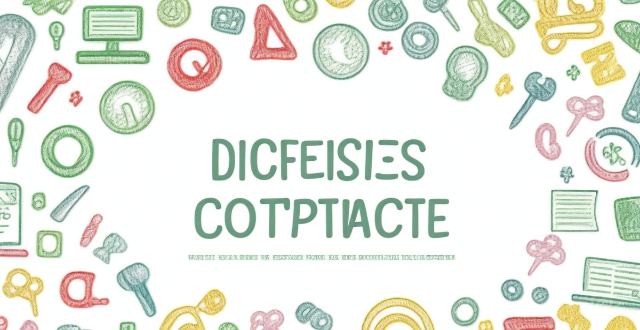
How can a company's culture impact workplace safety ?
The text discusses the significant role of company culture in shaping workplace safety. It highlights five key aspects of a company's culture that can impact safety, including effective communication and collaboration, leadership and accountability, training and education, respectful and inclusive environment, and continuous improvement. The article emphasizes the importance of fostering a work environment where employees feel comfortable sharing information, leaders set clear expectations, regular training is provided, mutual respect is promoted, and continuous improvements are made based on feedback and data analysis. Overall, the article underscores the need for organizations to prioritize these cultural elements to create a safer work environment for their employees.
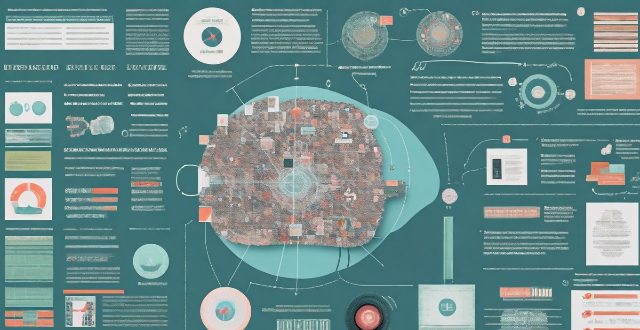
How does sports culture shape the media industry ?
Sports culture significantly impacts the media industry by influencing content, formats, and business models. This influence is evident across various media platforms, including news coverage, advertising strategies, social media engagement, and more. The prioritization of sports news, specialized reporting, live broadcasting, brand integration, athlete endorsements, and fan interaction are just some examples of how sports culture shapes the media landscape. Additionally, the growth of fantasy sports and gamification further integrates sports into media consumption. As both industries continue to evolve, their relationship is expected to grow stronger, with sports culture remaining a central force in shaping the media industry.
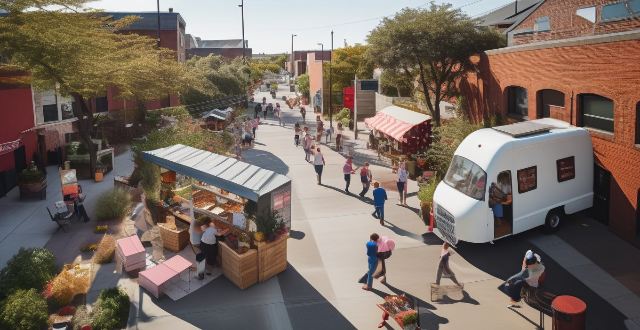
How has street food culture evolved over time ?
Street food culture has evolved from simple roadside stalls to sophisticated mobile kitchens and food trucks. The transformation can be seen in various aspects such as global influences, health consciousness, technological advancements, environmental considerations, and cultural significance. Early beginnings of street food were about providing affordable meals to working-class people with basic dishes like sandwiches, soups, and stews. However, with increased travel and immigration, different cultures brought their unique dishes and flavors, leading to a fusion of culinary traditions. Health consciousness has led to healthier options in street food like salads, smoothies, and gluten-free or vegan options. Technological advancements have revolutionized the industry with mobile payment systems, social media marketing, and online ordering making it easier for vendors to reach customers efficiently. Environmental considerations are being taken into account with biodegradable packaging, composting programs, and sourcing local ingredients to reduce environmental impact. Street food has become an integral part of urban culture with food festivals celebrating local cuisines and pop-up events showcasing innovative dishes and cooking techniques. The evolution of street food culture reflects broader societal changes including globalization, health consciousness, technological advancements, and environmental concerns.

What role does sports culture play in promoting gender equality ?
Sports culture has a significant impact on promoting gender equality by providing equal opportunities for participation, challenging stereotypes, and building inclusive communities. It empowers individuals through participation, leading to increased self-confidence and a sense of accomplishment. By recognizing and celebrating diverse representations of gender, sports culture can help to break down barriers and promote greater acceptance and respect for all individuals.

Is it safe to start an exercise program if you have a history of heart problems ?
Starting an exercise program is generally beneficial for overall health, but it's important to take precautions if you have a history of heart problems. Here are some factors to consider: 1. Consult with your doctor before starting any exercise program, especially if you have a history of heart problems. 2. Start slowly and gradually increase the intensity and duration of your workouts over time. 3. Choose low-impact exercises such as swimming, cycling, or yoga to improve cardiovascular health without putting too much strain on your heart. 4. Monitor your symptoms during and after exercise, and stop immediately if you experience any symptoms such as chest pain, shortness of breath, or dizziness. 5. Stay hydrated and nourished by drinking plenty of water and eating a healthy diet that includes plenty of fruits, vegetables, whole grains, and lean proteins.
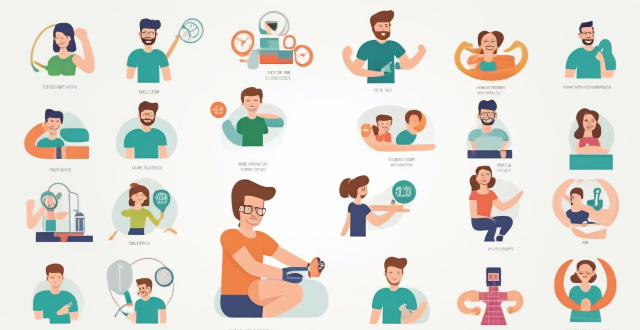
What impact does sports culture have on youth development ?
The article discusses the impact of sports culture on youth development, highlighting its benefits in physical health, mental well-being, social skills, and emotional growth. Participating in sports activities helps young people improve their fitness levels, motor skills, self-esteem, stress management, teamwork, leadership skills, cultural exchange, resilience, goal setting, and achievement. Encouraging young people to participate in sports can help them become well-rounded individuals who are better prepared for adulthood.
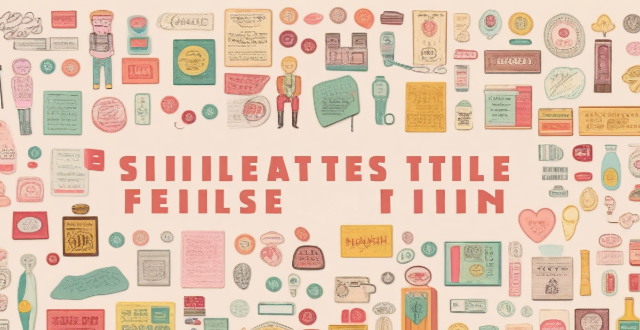
What is the role of celebrities in shaping popular culture ?
This text discusses the role of celebrities in shaping popular culture and their influence on various aspects such as fashion, music, social issues, and internet culture. The article highlights how celebrities set trends in fashion and style, introduce new genres and themes in music and entertainment, raise awareness about social issues, and create memes and viral content online. It concludes by emphasizing the importance of recognizing the power of celebrities and considering their impact on society.

In what ways does sports culture contribute to national identity ?
Sports culture significantly contributes to national identity by representing national values, promoting cultural exchange and diplomacy, preserving historical traditions, evoking national pride and unity, and enhancing economic growth. It serves as a powerful tool for uniting people under a common banner and showcasing the unique character of a nation to the world.

How can students prepare themselves for studying in a different culture ?
Preparing for studying in a different culture involves researching the new culture, connecting with other students, being open-minded and adaptable, staying connected with home, and taking care of your physical and mental health. Researching the customs and traditions of the local culture and familiarizing yourself with the language are important steps to avoid cultural misunderstandings and facilitate communication. Connecting with other students through online forums and attending orientation events can provide valuable information and support. Being open-minded and adaptable is crucial for embracing new experiences and adjusting to the new environment. Staying connected with family and friends from home and joining clubs or organizations related to your home country can provide emotional support and a sense of community. Finally, prioritizing your physical health by getting enough rest and seeking support if needed can help you stay energized and focused on your studies. By following these tips, students can make the most of their educational experience abroad.

How does sports culture influence fashion trends and consumer behavior ?
The intersection of sports culture and fashion trends is a dynamic relationship that significantly influences consumer behavior. As lifestyles become more active and health-conscious, the impact of sports culture on fashion choices extends beyond athleticwear to high fashion and streetwear. Athleisure, collaborations between sports and luxury brands, and the influence of sports icons have redefined what's considered stylish and desirable. Consumers increasingly prioritize comfort, functionality, and sustainability in their clothing choices, reflecting a shift towards durable, high-quality sports apparel over disposable fast fashion items. The rise of fitness influencers on social media platforms further drives this trend, shaping public perception of workout gear. Overall, the sports-fashion nexus is expected to continue growing, reflecting societal values of health and wellness.
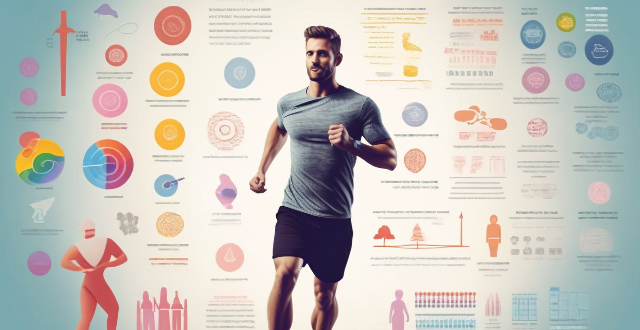
How does sports culture influence society's perception of health and fitness ?
Sports culture significantly influences societal perceptions of health and fitness by promoting physical activity, raising health awareness, fostering mental well-being, challenging stereotypes, and driving economic growth in the health and fitness industry. This multifaceted impact enhances individual lives and contributes to the overall well-being of communities and nations worldwide.
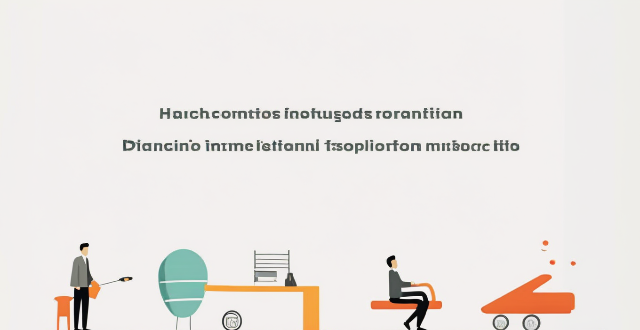
What are the roles of religion and spirituality in South American culture ?
The article discusses the various religious and spiritual traditions in South America, including Catholicism, Indigenous beliefs, Afro-Caribbean traditions, and New Age spirituality. It highlights how these traditions have influenced the culture, customs, and beliefs of the people living in this region. The article also emphasizes the role of religion and spirituality in promoting social values, preserving cultural heritage, fostering environmental consciousness, and promoting intercultural dialogue.

In what ways does sports culture influence political discourse and international relations ?
The text discusses how sports culture significantly impacts political discourse and international relations. It highlights various ways this influence manifests, including promoting diplomacy and peace, fueling nationalism and identity, driving economic development, advocating for social issues, and shaping public opinion through media representation. The article also mentions specific examples such as "Ping-Pong Diplomacy," Olympic Truce, and the involvement of sports figures in peace agreements. It underscores the role of sports in cultural exchange, global marketplace activities, brand promotion, and environmental concerns. Additionally, it touches upon the use of sports for propaganda purposes, controversies like doping scandals, and their effects on international perceptions. Overall, the text emphasizes that sports culture is a potent force intertwined with global dynamics, reflecting and shaping interactions between nations.

What are the must-see museums and galleries for a cultural weekend in a city ?
When it comes to spending a cultural weekend in a city, visiting museums and galleries is a must. These institutions not only showcase the history, art, and culture of a place but also provide insights into the local community's values and beliefs. Some must-see museums and galleries for a cultural weekend include The Metropolitan Museum of Art in New York City, The Louvre Museum in Paris, France, The British Museum in London, England, The National Gallery of Art in Washington D.C., and The Uffizi Gallery in Florence, Italy. Each of these institutions offers visitors an opportunity to explore various artistic styles and movements throughout history, as well as diverse collections spanning different eras and regions.
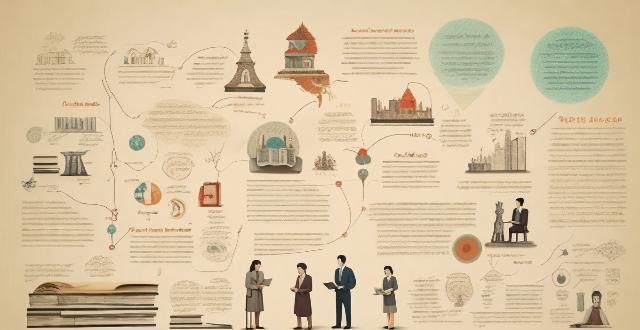
What are some effective study techniques for learning history ?
Effective study techniques for learning history include understanding chronological order, using visual aids, active reading, group study, practice writing, connecting historical events with the present, using multimedia resources, and visiting museums and historical sites. These methods can help deepen understanding and make the subject more engaging and rewarding.
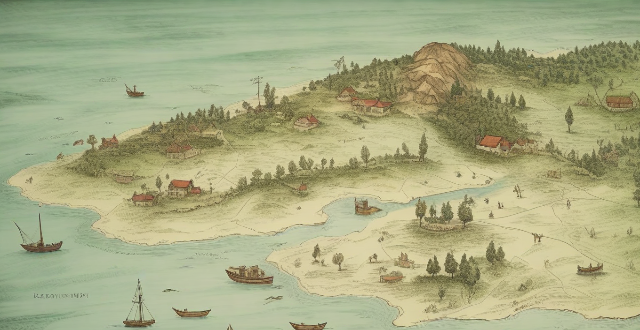
Can you suggest any exotic cruise destinations ?
Cruise vacations offer a unique opportunity to explore some of the world's most exotic destinations, including the Galapagos Islands, Antarctica, the Amazon River, the Norwegian Fjords, and the Mediterranean Sea. These destinations offer a range of experiences, from witnessing unique wildlife and natural beauty to exploring history, culture, and local cuisine. Whether you're interested in wildlife, nature, history, or simply relaxation, there's a cruise destination out there that's perfect for you.